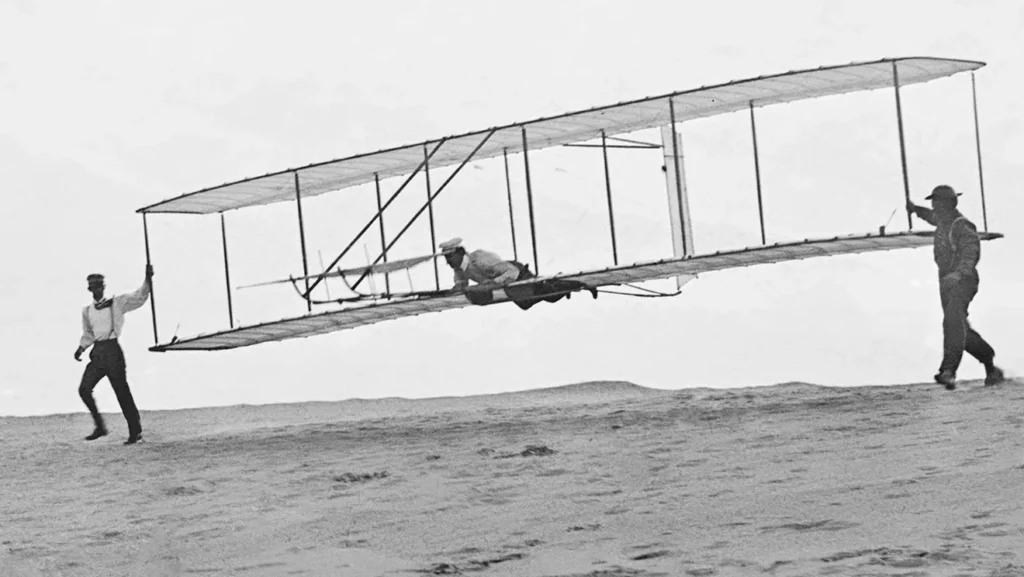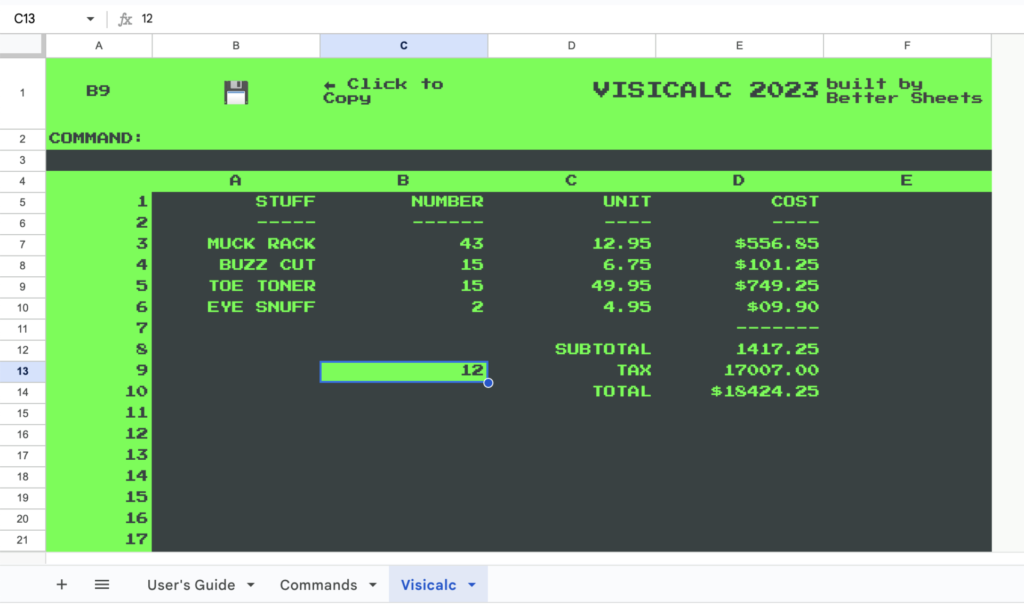Innovation: Success Starts From A Crude, Nearly Worthless Prototype

the key to long-term innovation is not a perfect debut but rather the will to develop a seed idea, no matter how rudimentary, into something priceless
No matter how revolutionary an idea is, it usually starts with a crude, nearly worthless prototype. This is true whether we’re talking about software, engineering, or commonplace technology. What turns these ideas into must-have products, however, is the dedication to developing and improving them from their earliest stages.
Airplane
Consider the Wright brothers’ first aircraft. Orville and Wilbur Wright had a brief 12-second flight in 1903 with their frail, underpowered plane. Modern aeroplanes are far more powerful and reliable than this first attempt. Nonetheless, contemporary aviation owes a significant deal to the Wright brothers’ dedication to constant refinement. Thanks to the persistent effort of engineers and inventors who honed their original concept over the years, this simple flying craft transformed into commercial planes that cross the world.

Cars
Created in the latter half of the nineteenth century, the first cars were sluggish, costly, and needed frequent upkeep. Although it was far from ideal, Henry Ford’s Model T introduced vehicles to the public and is often considered the first inexpensive car for the masses. Thanks to advancements in technology like autonomous driving, anti-lock brakes, and airbags, modern automobiles are more agile, safer, and fuel-efficient than ever before. The only reason these developments were conceivable is because engineers persisted in refining the original, faulty idea.
Space Exploration
Initially, SpaceX faced numerous challenges. Crashing during the Falcon 1 rocket’s first flights threw doubt on the company’s goal of making space travel more affordable. Despite the setbacks, SpaceX remained committed to enhancing its rocket designs, investing in new technology, and gaining insights from its mistakes. Space missions became significantly more affordable and sustainable, leading to the creation of the first reusable rockets. Today, SpaceX is at the forefront of the space business, collaborating on innovative missions with NASA and other organizations.
Spreadsheets
Software advancements tell similar narratives. Think back to 1979 and VisiCalc, the first spreadsheet program. Though groundbreaking, it lacked depth, was prone to bugs, and had certain restrictions. It had promise for early users, but it was light years behind modern spreadsheet programs like Google Sheets and Excel. However, a new age of productivity tools began with VisiCalc’s basic core. The program’s basic idea was to automate computation processes. However, because of technological advancements and years of refinement, our tools have become more complex, and we depend on them every day as analysts, students, and entrepreneurs.

Apps
Originally known as “Burbn,” Instagram was a location-based software that integrated Foursquare features with the capability to share photos. Users mostly used the app for picture sharing, despite its complicated and disorganized design. The program’s creators saw this coming and rebranded it as Instagram, a photo-sharing app with basic editing options, to compete. Instagram was still a very simple app even back then. But Instagram became one of the most popular social media sites, ultimately reshaping online visual communication and photo-sharing, thanks to regular upgrades, new features, and the fostering of a community of artists.

Smartphones
The smartphone, an item with which most people are familiar, follows this trend. The first mobile phones were bulky, inconvenient, and effectively just portable landlines with short battery lives and limited functionality. Afterwards, designers and engineers included capabilities such as connectivity to the internet, cameras, and text messaging with each subsequent version. Even though it was a very basic model compared to phones nowadays, the 2007 iPhone model changed what a phone could accomplish when it debuted. Nowadays, smartphones are more like minicomputers than cameras; they can do anything from taking pictures to running AI programs. This progression, from the clunky brick phones of the ’80s to the modern, elegant gadgets, is proof of the efficacy of dogged innovation.
Bridges
Go beyond the realm of computer programs and technology and examine the first efforts to build bridges. Ancient bridges, constructed from vines and wood, were crude and flimsy affairs, barely able to carry a small number of people. People rarely used such rudimentary bridges due to their instability, risk, and poor construction. However, humans created the foundation for strong, intricate bridges like the Millau Viaduct or the Golden Gate Bridge by studying, testing, and improving these designs over the ages. These days, bridges can withstand tremendous weights, long distances, and even the worst kinds of weather. This progression from basic footbridges to colossal architectural feats exemplifies the power of perseverance in honing a basic concept to produce astounding results.
Therefore, the key to long-term innovation is not a perfect debut but rather the will to develop a seed idea, no matter how rudimentary, into something priceless. The process begins with a simple concept, evolves into a working product via user interaction and feedback, and ultimately becomes an indispensable tool. When it comes to making “barely functioning” prototypes into products that revolutionize industries and improve our lives, this pattern highlights the significance of being patient and persistent.




1 Comment